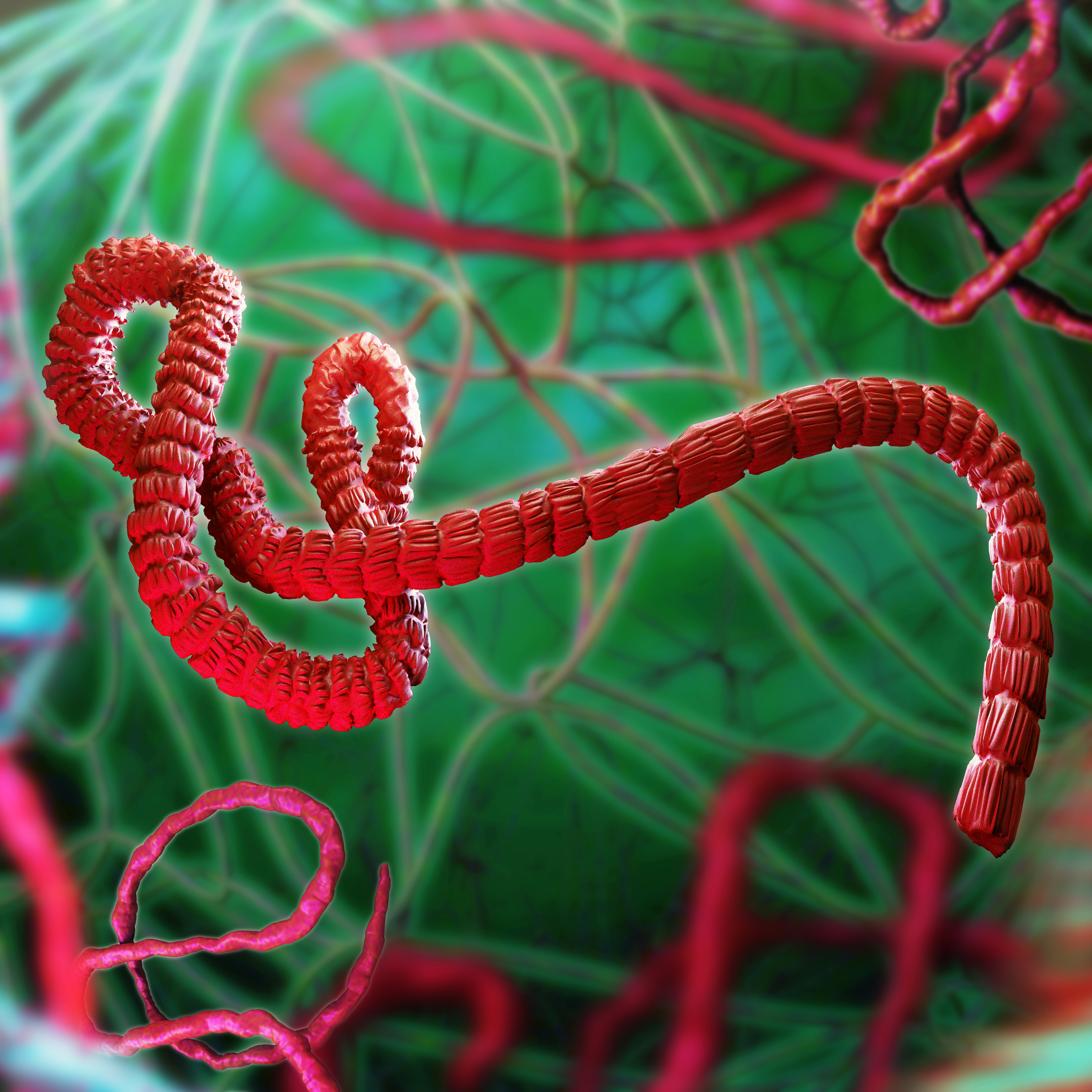IBBR research discovery could be crucial to development of cross-species Ebola vaccines and treatments

October 16, 2018 -- The recent cases of Ebola virus infection in the Democratic Republic of the Congo are an alarming reminder of the images and statistics that brought the disease to the forefront of public concern during the 2014 outbreak in West Africa. The infection transmission, nightmarish hemorrhagic symptoms, and mortality rates of Ebola galvanized international efforts to devise containment protocols and develop new vaccine and treatment therapies for those infected. While current experimental therapies have been somewhat effective, they target only a single type of ebolavirus and there are, in fact, five species. In order to maximize the potential of new countermeasures to protect against future outbreaks, researchers are working to develop technologies that will be effective across species.
Two important types of countermeasures for viral infections are vaccines and immunotherapies. The design of both technologies depends on researchers understanding how immune system antibodies recognize and destroy particular viruses. IBBR Fellow Dr. Gilad Ofek, Assistant Professor, University of Maryland, College Park Department of Cell Biology and Molecular Genetics, recently solved the crystal structure of a cross-protective antibody bound to an important ebolavirus surface protein. The structural insights gleaned from this work, published in Nature Communications last month, lay important groundwork for the development of pan-ebolavirus vaccines and therapeutics.
The first steps of the ebolavirus replication ‘life cycle’ involve binding and entering a human cell, processes facilitated by a protein on the virus surface called GP (glycoprotein). Many antibodies that protect against Ebola do so by binding GP and interfering with the entry process, but most recognize the GP of only one species. In contrast, the antibody that Ofek and his collaborators focused on for this study recognizes and neutralizes four of the five species of ebolavirus. The antibody was previously isolated by Dr. Yuxing Li, IBBR Fellow and Associate Professor, Department of Microbiology and Immunology, University of Maryland School of Medicine.
Dr. Ofek explains, “The binding of an antibody to its target is rather like two puzzle pieces fitting together in three dimensions. By determining the 3D structure of the interface between the antibody and an ebolavirus GP, we are able to understand which parts of each piece are important or not important for binding, and thus for virus inhibition. The solved structure will help to pinpoint precisely which conserved parts of GP enable the antibody to recognize and neutralize a broad spectrum of ebolavirus species”.
“Dr. Ofek’s groundbreaking findings of how the surface of ebolavirus glycoproteins are recognized by the immune system should prove invaluable to advancing the development of new, broadly effective vaccines and antibody-based therapeutics,” noted Dr. Thomas Fuerst, IBBR Director and co-author on the study.
Initial funding for Ofek’s research was provided through a seed grant from the University of Maryland Strategic Partnership: MPowering the State, a program designed to leverage the strengths and missions of the University of Maryland College Park and the University of Maryland Baltimore.
-----
Inquiries: communications@ibbr.umd.edu
